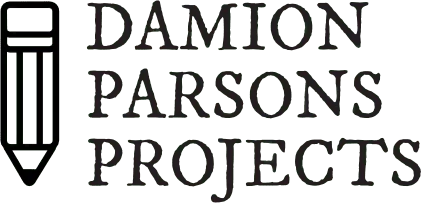MusicLM: Revolutionizing the Future of Music with AI
MusicLM is a model for generating high-fidelity music from text descriptions, developed by a team of researchers from Google Research. It uses a hierarchical sequence-to-sequence modeling approach and can generate music at 24kHz that remains consistent over several minutes.
The model outperforms previous systems in both audio quality and adherence to the text description, and can also be conditioned on both text and a melody. The team has also created and publicly released a dataset called MusicCaps, composed of 5.5k music-text pairs with rich text descriptions provided by experts.
From reading the article “MusicLM: Generating Music From Text”, a couple of personal takeaways are:
- Advancements in AI technology are making it possible to generate high-fidelity music from text descriptions. This could have numerous applications, from helping musicians and composers to generate new pieces to creating music for film, video games, and other media.
- The MusicLM model’s ability to be conditioned on both text and a melody is a unique feature that sets it apart from previous systems. This opens up new possibilities for transforming and creating new music based on existing melodies and styles.
- The release of the MusicCaps dataset by the research team is a significant contribution to the field, as it provides a large and rich source of data for training and evaluating music language models. This will be valuable for future research and development in this area.
Overall, the article highlights the potential of MusicLM as a tool for generating music and the importance of continued research in this field to advance the technology even further.
Here are a few ways in which this technology could shape the music industry in the future:
- Music Composition: MusicLM can be used by musicians and composers as a tool for generating new pieces and experimenting with different styles and sounds. This could lead to new and innovative forms of music that would not have been possible otherwise.
- Music Production: The ability of MusicLM to be conditioned on both text and a melody could be used in the production of music for various media, such as film, video games, and advertising. This could lead to more efficient and cost-effective music production processes.
- Music Education: The technology could be used as a tool for music education, allowing students to experiment with different styles and sounds and to learn about music composition in a hands-on way.
- Music Analysis: MusicLM can help to shed light on the structure and patterns of musical composition, which could be useful for musicologists and other experts in the field of music analysis.
In conclusion, the development of MusicLM holds great promise for the future of music and has the potential to shape the music industry in a variety of ways. However, it will be important to carefully consider the ethical implications of this technology and to ensure that it is used in responsible and creative ways.
Research paper: https://google-research.github.io/seanet/musiclm/examples/



